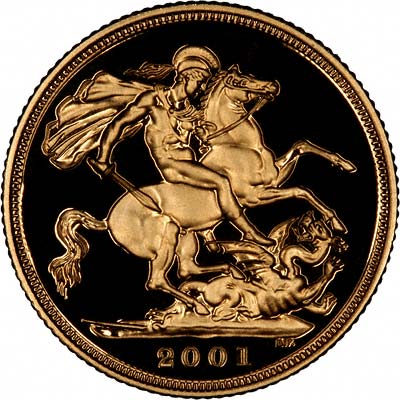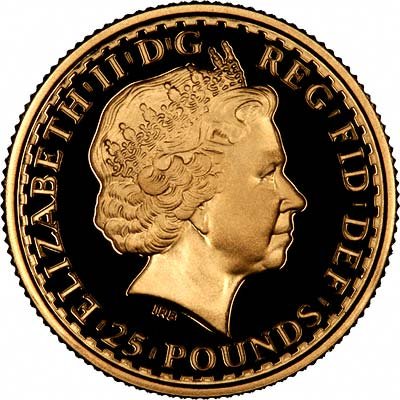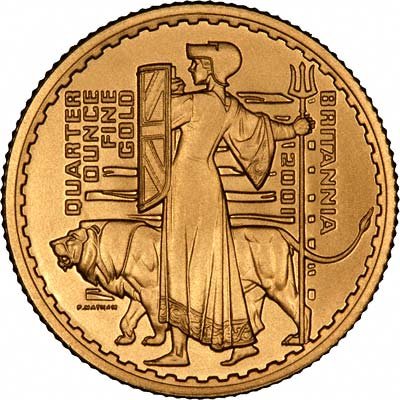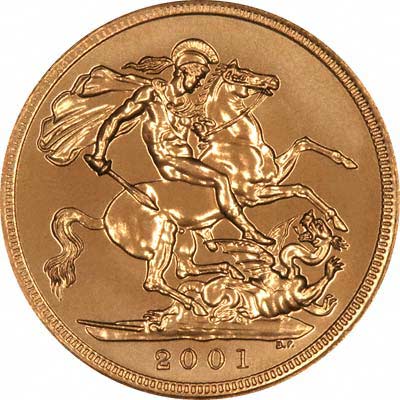
Proof v. Uncirculated?We Explain the DifferenceWe are always being asked the difference between proof and uncirculated coins. One very brief explanation is that proofs are shinier, but of course this oversimplifies the matter slightly.UncirculatedThe word "uncirculated" means exactly what it says, the coin has not been in circulation, however "ordinary" uncirculated coins often have bagmarks, edge knocks and other small scuffs and imperfections. Uncirculated "specimen" coins issued specially for collectors are often more carefully produced and handled, so they may be better than ordinary coins mass produced for circulation, but may still have some small imperfections.ProofProof coins are specially produced to a much higher standard of finish. Originally, proofs were intended as pre-production samples. As a printer would produce a small number of "proof" copies for checking and approval, so a mint would produce proofs for approval by the mintmaster, the monarch, and for other purposes. When coin collecting began to become popular about two centuries ago, a larger number of proofs were sometimes made for sale to collectors. This has developed enormously in the past few decades, and most countries, but not all, produce proof coin and sets every year or on special occasions.Bullion SovereignsFor many years, the word bullion as applied to gold coins meant gold coins which were traded wholly or mainly on the basis of their gold bullion value, with little regard for date, design type or grade. Since the British Royal Mint recommenced issuing uncirculated as opposed to proof sovereigns in 2000, it has adopted and adapted the word to mean ordinary uncirculated coins.Different Proof FinishesNot all proofs are the same. The most common understanding of proof is that the flat background parts of the coin have a highly polished mirror finish, and the raised parts of the design have a matt finish, giving a higher level of contrast between the two. This is achieved by sand-blasting the die, the hardened steel punch with which the blank coins are struck, to give a matt finish, followed by giving the raised parts of the die a highly polished surface, usually by polishing them with diamond powder. The coin blanks themselves are usually produced to a higher quality of finish before striking. Proof coins are usually double struck at lower striking speeds, to give a higher and sharper definition. They are usually produced on a special machine, and may be hand, rather than mechanically fed into and extracted from the coining press. They are usually individually inspected, and packaged. A proof coin should provide an excellent specimen, and its quality should approach perfection.Some proof coins are made with an all matt finish, as for example the 1902 Edward VII Coronation proof coins, while others are produced as "reverse proofs", i.e. with the raised parts polished and the background matt. Our PhotographsWe have shown two photographs, both of the reverse side of 2001 sovereigns. The top photo shows a proof coin, the lower photo is of an uncirculated one. It is not easy to photograph coins. The background of both coins looks a very dark chocolate brown, but in real life they are yellow. The contrast between matt and polished surfaces shows up very well on the proof coin and this allows fine details to be seen more easily, whereas on the uncirculated coin, the raised design is also slightly polished, and this results in it being more difficult to distinguish the details of the design from the background.Which is the Better Buy?Some collectors only collect proof coins, others only non-proof coins. For the non-collector, it can be difficult to decide which is the better coin to buy. We are often asked for advice when people wish to buy a sovereign as a gift. Our general advice here is that it depends what you think the recipient will wish to do with the coin. For use in jewellery, it is better to use ordinary non-proof coins, as proofs would be spoilt. If the recipient is likely to keep and display the coin in its original box, then a proof one may be better.Gold Coins in JewelleryEven "ordinary" gold coins will become worn and polished by wearing as jewellery, but this cannot be helped. Some people worry that this will detract from their value. While this is true, the same argument could be applied to almost anything. Using and driving a car will cause wear and tear, and will decrease its value, however it would be rather stupid for most people to own a car just to leave it in a garage and never drive it. It's similar with using coins in jewellery. The important thing is to obtain value by getting the pleasure of ownership.Investment & Future ValueNormally proof coins will sell for higher prices than non-proof ones, however this does not always apply. Our advice is to buy coins for the pleasure you will obtain by owning them, wearing them, or giving them. If you follow this advice, any future value will be a bonus.You may wish to use your "back" button to return to the previous page. 2001 Proof OdysseyPerhaps to give it something to market after the busy 2000 "Millennium" year, in 2001, the British Royal Mint produced a number of matt or reverse finishes on some of its gold proof coin issues. We just happen to have use images of 2001 Uncirculated and Proof sovereigns , but the 2001 Victoria Era Crowns were aso issued in two version, a "normal" proof one , and a Reverse Frosted Special Edition . Also the 2001 Gold Proof Britannias had a "normal" proof finish on the obverse (head side), and an all matt finish on the reverse.Difference Between Proof & Specimen Coins It's easy to get confused between British Specimen and Proof coin sets, so we explain and clarify. |
 2001 Proof SovereignBullion Coin Selector Page
2001 Uncirculated (Bullion) Sovereign Obverse of 2001 Proof Britannia Matt Finish on Reverse of 2001 Proof Britannia |
"Tax Free Gold" website is owned and operated by Chard (1964) Limited
32 - 36 Harrowside, Blackpool, Lancashire, FY4 1RJ, England. Telephone (44) - (0) 1253 - 343081; Fax 408058;
E-mail: Contact Us The URL for our main page is: taxfreegold.co.uk
32 - 36 Harrowside, Blackpool, Lancashire, FY4 1RJ, England. Telephone (44) - (0) 1253 - 343081; Fax 408058;
E-mail: Contact Us The URL for our main page is: taxfreegold.co.uk

